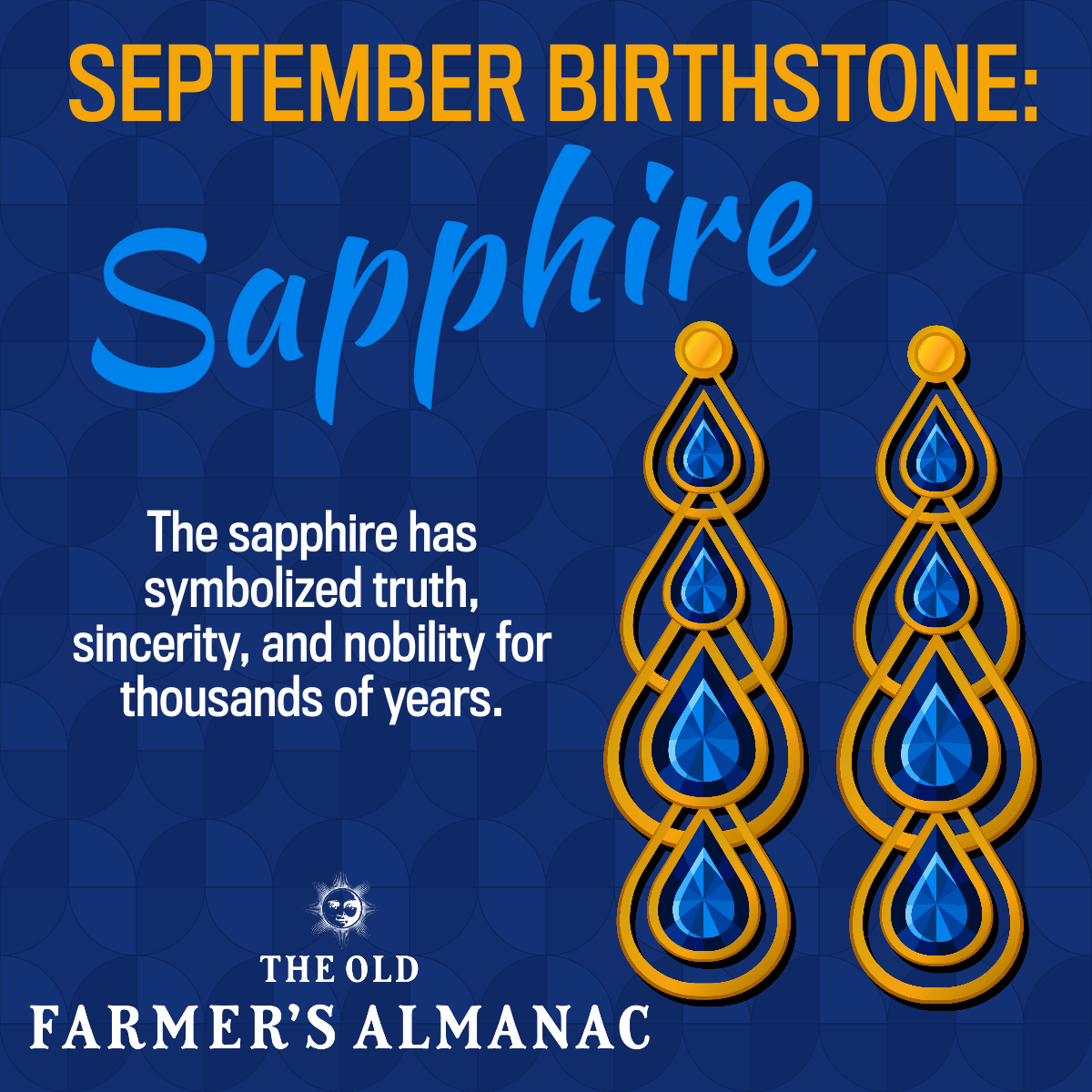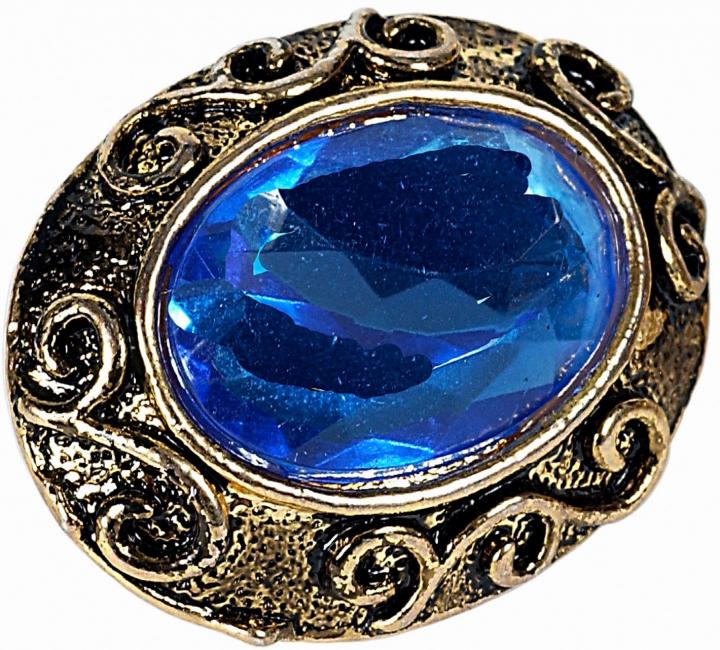The sapphire is the birthstone for September! Known for its deep blue color, the sapphire has been one of the most sought-after gems for centuries. Find out why both royalty and healers have sought out beautiful sapphires, the September birthstone.
Sapphire’s Color
The gemstone is best known for its striking pure-blue color, but it can range from greenish-blue to violet-blue. Part of the same corundum family as the ruby, stones in violet, green, yellow, orange, pink, and purple are known as “fancy sapphires.” Some exhibit color changes depending on the lighting.
Corundum is naturally colorless, but trace amounts of elements like iron, titanium, and chromium lead to a range of colors. Outside of red corundum (rubies), all other corundum gems are considered sapphires.
Iron and titanium are responsible for the blue color, and the more iron present, the darker the blue color of a sapphire. Yellow and orange sapphires get their color from the presence of iron and chromium, while pink sapphires are a result of high amounts of chromium. A purple color is a combination of all three trace elements.

Sapphire Meanings, Symbolism, and Folklore
- The name “sapphire” came from the Greek word “sappheiros,” referring to a blue stone. The sapphire has symbolized truth, sincerity, and nobility for thousands of years.
- It has been closely associated with royalty. Kings and queens in ancient Greece and Rome believed the owner of a sapphire would be protected from harm and envy. It was also thought to attract wealth.
- Those in ancient Greece associated the stone with Zeus, the God of the sky, and others believed it provided an ability to see into the future or initiate guidance from the oracle.
- It is said that ancient Persians believed that Earth rested on a giant sapphire that made the sky blue.
- In the Middle Ages, clergy wore sapphires to represent heaven, and it was thought to attract heavenly blessings.
- It was once thought that a sapphire could reveal unfaithfulness if it changed color while being held.
- Over time, the sapphire is said to be able to create peace between enemies and harmony between love interests.
- It was believed that it increased overall health and strength. Additionally, it was thought to have healing powers, particularly for eye diseases and against poisons.

Where do Sapphires Come From
In the 1880s, gems were found in Kashmir following a landslide high in the Himalayas. The location has produced some of the finest sapphires ever since. Over the years, deposits have been found in a number of locations around the world.
The most prominent sources of sapphires include Kashmir, Sri Lanka, and Myanmar. It has also been found in Africa, China, India, and in the United States—most notably, Montana.
Sapphires in History
- Sir Richard Francis Burton, a British explorer, was said to have traveled with a talisman made of a large star sapphire. The stone was thought to bring good luck to those who viewed it.
- One of the most famous sapphires is the 12-carat engagement ring given to Princess Diana. The ring was passed down to Prince William, who gave it to his wife, Kate Middleton, the Duchess of Cambridge.
- Other famous sapphires include the Rockefeller Sapphire, weighing 62 carats. The Logan Blue Sapphire is also well-known and is on display at the Smithsonian.
- In addition to being the birthstone for September, sapphire is also the gem given for a 5th and 45th wedding anniversary.
Sapphire in Jewelry
With a Mohs Hardness rating of 9.0, sapphires are suitable for many jewelry styles and everyday wear. Along with the ruby, it is the second hardest gem after the diamond.
Sapphires can include what is called an asterism—or the star effect. The phenomenon appears as a six-ray star pattern within the gem.
It is popular for engagement rings, as well as necklaces, earrings, bracelets, and pendants.
For best cleaning results, use warm, soapy water.
Learn More











